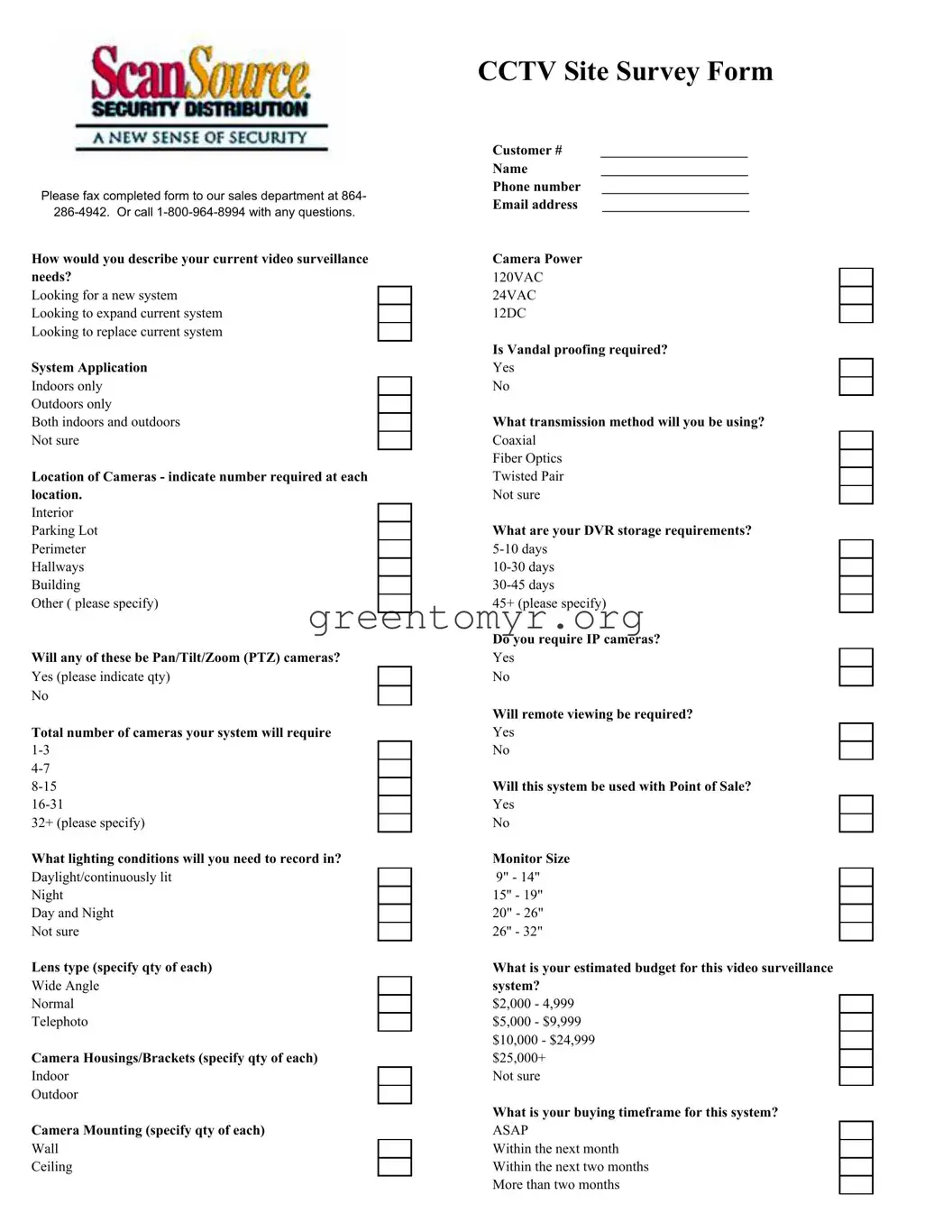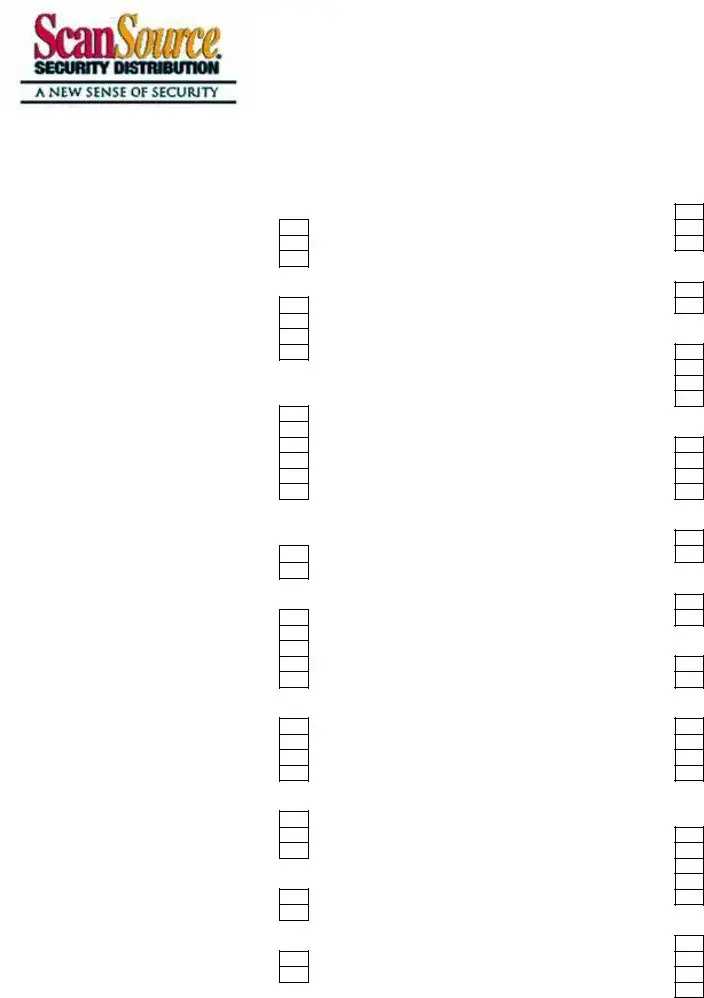Filling out the CCTV Survey form can be a crucial step in ensuring your surveillance needs are met effectively. However, many people make common mistakes that can lead to delays or misunderstandings. Here are seven such pitfalls.
One frequent mistake is incomplete information. Failing to provide your name, phone number, or email address can hinder communication. Make sure all contact details are filled out correctly. This information is essential for follow-ups and clarifications.
Another error occurs when individuals do not clearly specify their current video surveillance needs. Each option has implications for system design. Simply choosing “not sure” may delay the process in helping you get the right solution. Consider your requirements carefully before submitting.
Inaccurate descriptions of camera locations can complicate installation. Errors like failing to indicate the number of cameras required at each location, such as interior, parking lots, or perimeters, may lead to insufficient coverage. Be specific about your preferences and needs.
Some people forget to mention whether they need Pan/Tilt/Zoom (PTZ) cameras. Indicating this preference upfront is critical. It ensures that your proposal includes the necessary equipment, which may differ significantly from stationary cameras.
Additionally, many clients do not specify their DVR storage requirements. This gap ensures that the system does not meet your needs for recording duration. Be clear about how long you want to store footage, which can be versus 5-10 days or possibly 45+ days.
Another common mistake is the omission of necessary features such as vandal proofing or whether remote viewing capability is needed. These factors could significantly impact the security and accessibility of your system, so be sure to address them thoroughly.
Finally, providing a vague budget can complicate the proposal process. Statements like “not sure” regarding your budget may result in suggestions that are either too expensive or inadequate for your needs. Try to be as precise as possible to ensure you receive appropriate options.
By avoiding these mistakes, you can streamline the process and significantly improve the chances of meeting your video surveillance needs effectively.

